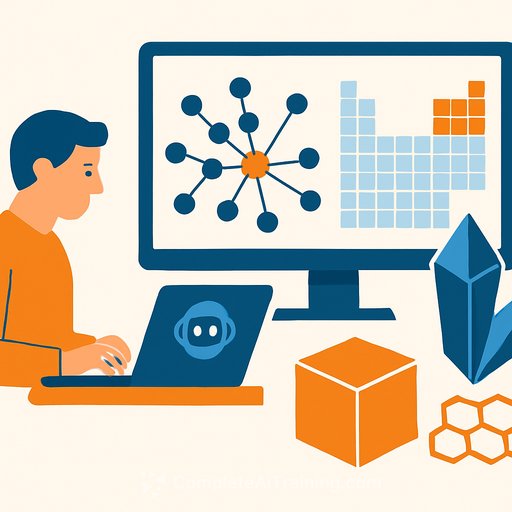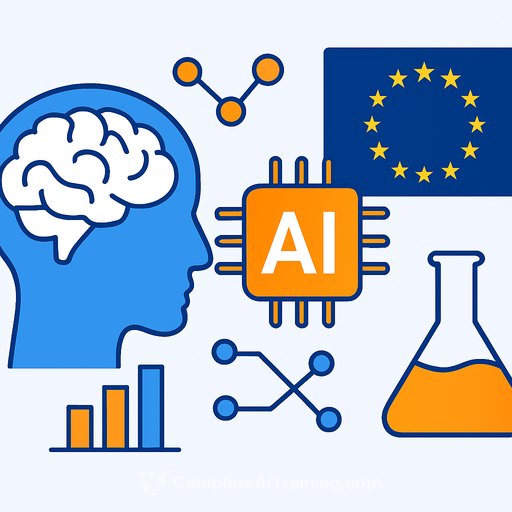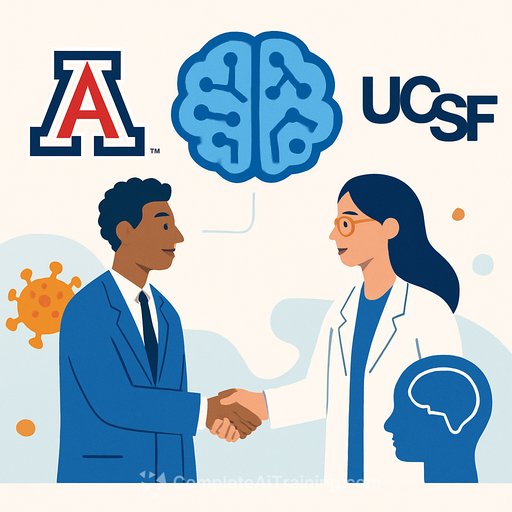AI-Powered Materials Map Accelerates Materials Discovery
Choosing the right material from a vast array of options remains a key challenge in materials science. Traditionally, theory-driven predictions and experimental validations have operated in separate spheres, slowing progress. A team at Tohoku University has bridged this gap by creating an AI-built materials map that integrates experimental data from literature with computational first-principles data.
This unified map offers a practical tool to help researchers quickly identify the most suitable material for specific applications without unnecessary trial and error.
How the Materials Map Works
The materials map is essentially a large graph with two axes: thermoelectric performance (zT) and structural similarity. Each point on the graph represents a distinct material. Materials that share similar structures cluster together, making it easier for scientists to spot analogs of high-performance materials.
This proximity is not just visual — structurally similar materials are typically synthesized and tested using comparable methods. By pinpointing these clusters, experimentalists can adapt existing synthesis protocols for new materials, cutting down on wasted effort and accelerating development.
The Research Approach
The project was led by Specially Appointed Associate Professor Yusuke Hashimoto and Professor Takaaki Tomai from the Frontier Research Institute for Interdisciplinary Sciences (FRIS), alongside Assistant Professor Xue Jia and Professor Hao Li from the World Premier International Advanced Institute for Materials Research (WPI-AIMR).
They combined computational predictions with experimental data, using an integrated dataset that merges StarryData2 literature data with computational entries from the Materials Project. This dataset trained MatDeepLearn (MDL), which incorporates a message passing neural network (MPNN) to predict thermoelectric properties.
According to Hashimoto, “By providing an intuitive, bird's-eye view over many candidates, the map helps researchers to select promising targets at a glance, therefore it is expected to substantially shorten development timelines for new functional materials.”
Future Directions and Broader Implications
The team plans to expand this AI-assisted framework beyond thermoelectric materials to include magnetic and topological materials. They also aim to add additional descriptors such as magnetic, chemical, and topological features, moving toward a comprehensive materials-design support platform.
This tool makes it easier to find look-alike materials with potential high performance, which can accelerate innovation, reduce development costs, and hasten the deployment of technologies like thermoelectric waste-heat recovery. This technology converts excess byproduct heat into usable energy, offering practical benefits for energy efficiency.
The full findings were published in APL Machine Learning on July 28, 2025.
Your membership also unlocks:






